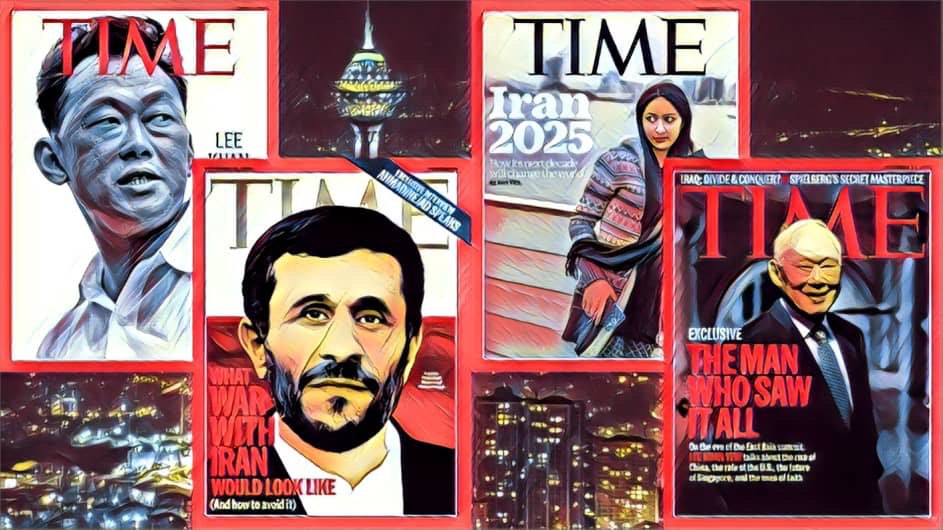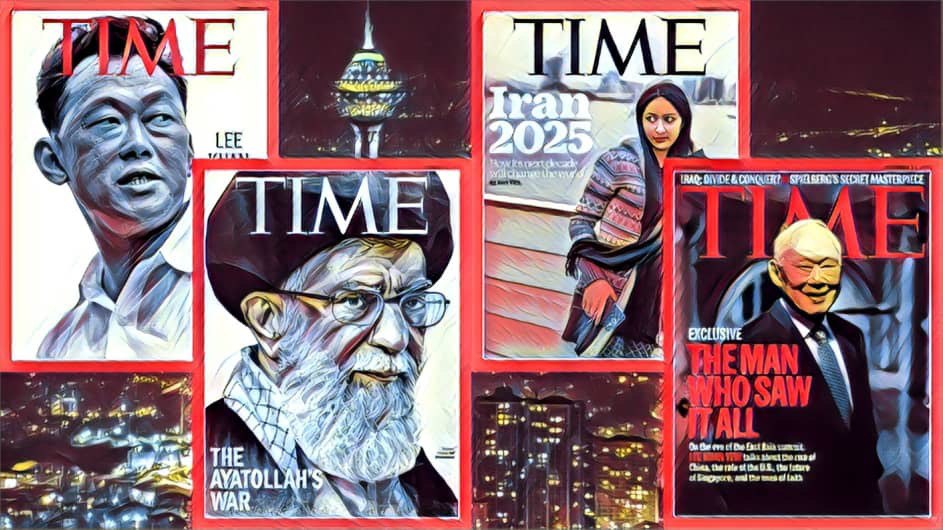Singapore: The Cat That Catches Mice
Singapore, the cat that catches mice: Many experts believe that the secret to Singapore’s success is adopting just one golden principle in the management of the country. What are the principles that the non-democratic government of Singapore has made its cornerstone? Does Singapore’s success mean that other non-democratic governments can also use this path to achieve sustainable development?
How did Singapore, as one of the wealthiest countries in the world, transition from a poor, undeveloped city-state to join the ranks of countries with the highest per capita income? Singapore is the only non-democratic state that has managed to take very significant and impactful steps towards development. What is the reason for the success of this exceptional country, and can Singapore be considered a model for the growth and progress of developing countries? This report attempts to answer these questions about how Singaporeans have traversed the difficult path of development and whether the model of this country can be used for development.
A Look at Life in Singapore
As mentioned in the first part of this series, the quality of life in Singapore has significantly improved from the 1960s and 70s to today. For example, there has been an unprecedented and enviable reduction in the unemployment rate from 14 percent in 1959 to 2 percent in 2020. On the other hand, the proportion of the population owning private homes increased from 9 percent in 1960 to over 86 percent in 2020.
The government’s spending on education in Singapore has also increased more than 200 times in the mentioned period, from 63 million Singapore dollars in 1959 to 12 million Singapore dollars in 2016.
Studies conducted on administrative corruption show that Singapore, despite its non-democratic governance structure, had the lowest level of corruption in 2019. The reviews indicate that the policies of the ruling party in Singapore have been highly impactful, and the people express significant satisfaction with this meaningful impact.
However, Singapore also has another side that should not be overlooked when studying the living conditions of its citizens. For example, the country has the highest level of income inequality among all Asian countries. Additionally, Singapore is among the top ten countries hosting the most millionaires, millionaires who, due to Singapore’s economic structure, have achieved success at the cost of some citizens becoming poorer, albeit a small number.
The International Labour Organization has also reported on the mistreatment and violation of workers’ rights in Singapore. Some sources have even declared Singapore as having the most challenging conditions for construction workers. There are also examples of strict actions against workers’ movements in Singapore, such as a fire at a food factory and the deliberate confinement of many workers in this industrial complex, which, according to some media, was carried out by the Singapore police.
Overall, the criteria and factors of living conditions show that the quality of life for Singaporean citizens currently ranks among the highest in the world. However, the biggest criticism from the free world’s media towards the Singaporean government is related to the violation of democracy and, consequently, human rights. Yet, surveys of the country’s citizens indicate a relative satisfaction with living conditions in Singapore.
What is the Secret of Singapore’s Success?
Most experts believe that the reasons for Singapore’s success can be summarized in one fundamental principle. Although these principles can have very broad details, generally, all specialists agree on this one point. Almost all experts emphasize the pragmatism and pragmatic approach of Lee Kuan Yew’s government and agree on it. But what is the most important golden principle of the Singaporeans?
Pragmatism: The Golden Legacy of Lee Kuan Yew
As mentioned, the pragmatic approach of Singapore’s rulers is the most important factor that experts have published about its effectiveness in the country’s development path. Perhaps to better understand this concept, one can refer to a speech by Goh Chok Tong, the former Prime Minister of Singapore, delivered in November 1992. During the recent Non-Aligned Movement summit in Jakarta, the Prime Minister of Nepal asked me about the secret of Singapore’s success. I smiled and replied, ‘Lee Kuan Yew.’ I further explained that Mr. Lee only prioritized one thing, and that was pragmatism and not insisting on a specific ideology.
For example, regarding ethnic and racial issues that peaked in Singapore during the 1960s and 70s, Mr. Lee, despite his Chinese origin, did not in any way act to serve the interests of Singaporean Chinese. Instead, this renowned Asian leader solely focused on the development of Singapore. It was precisely this approach by him and his government that led people to believe in the government’s will to resolve racial and ethnic differences and to engage with the government.
Mohammad Fazeli, a renowned Iranian sociologist, uses an interesting expression about pragmatic governments. He quotes Deng Xiaoping, the late leader of the People’s Republic of China, saying, ‘The job of cats is to catch mice. It doesn’t matter what color the cat is; what matters is catching the mouse. A cat that doesn’t catch mice will starve to death.’
Perhaps one could say that Singapore is the best example of a cat that has managed to catch mice. While they may have taken some non-democratic and inhumane steps in certain areas towards development, public opinion in this country shows that the vast majority of Singaporean citizens are very satisfied with their current situation. Perhaps the story can be summarized as follows: citizens expect their governments to catch mice. It doesn’t matter to anyone what color their cat is.
Singapore: The Cat That Catches Mice – Part One
English
View this article in English


